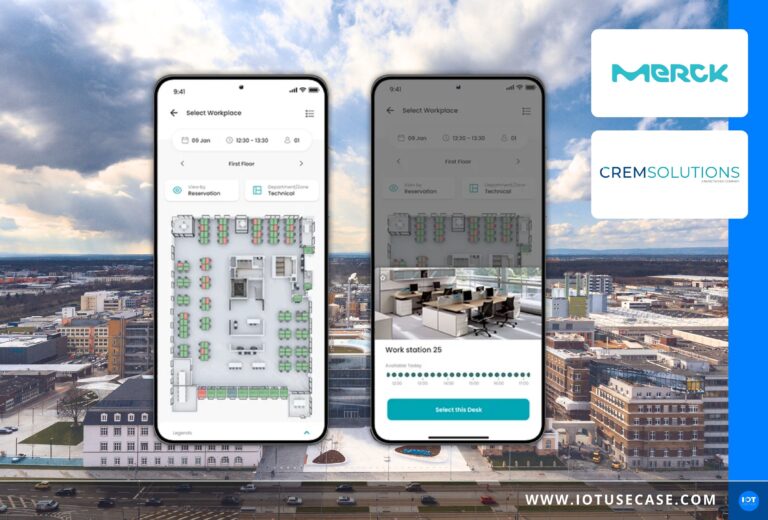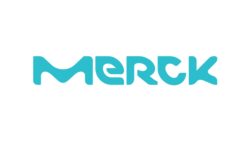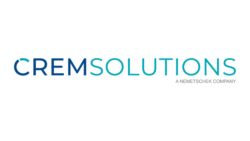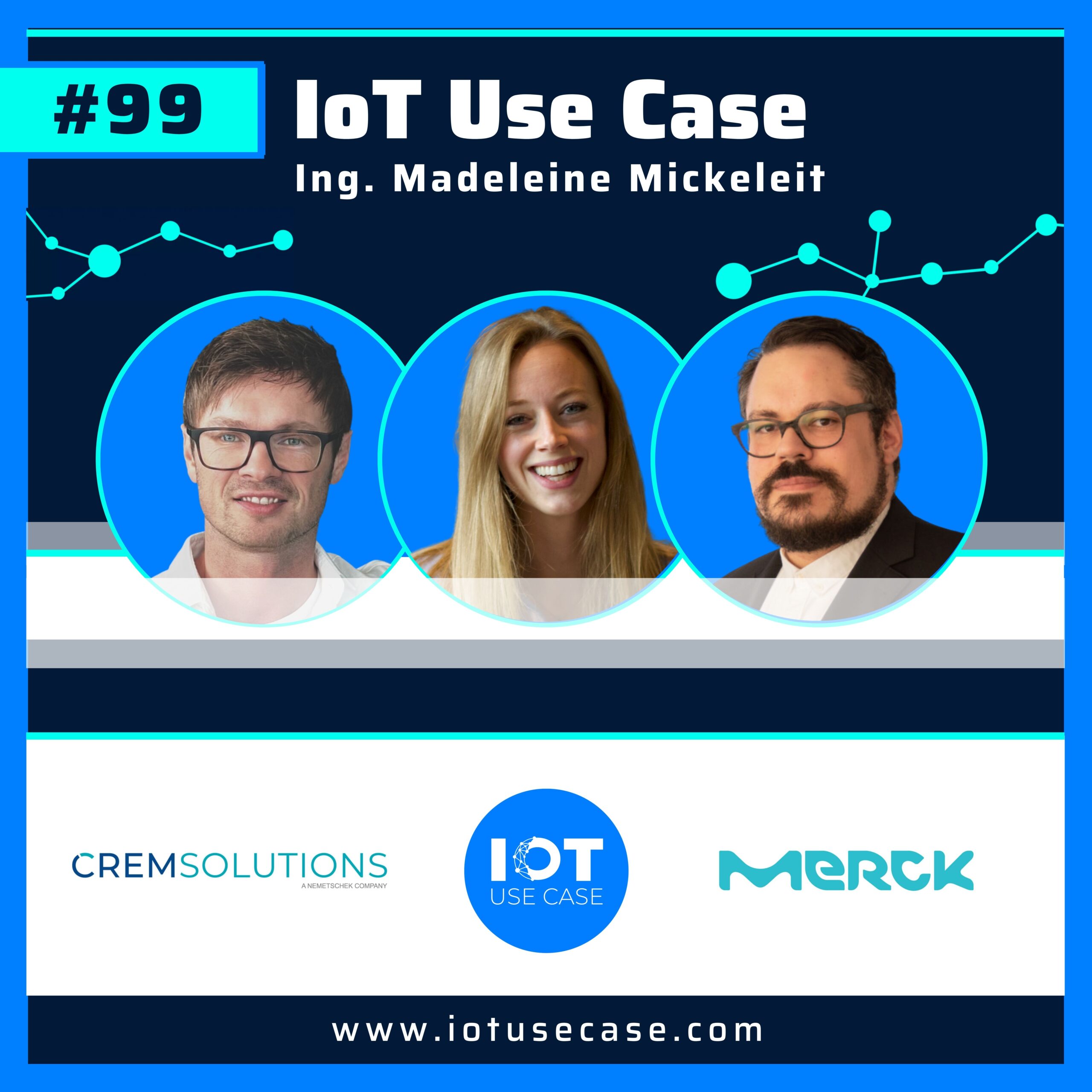The Merck Group is primarily known as one of the leading companies in the chemical and pharmaceutical industry. Based in Darmstadt, Merck KGaA has around 60,000 employees and deals with topics such as healthcare, life sciences and electronics on a daily basis. As a subsidiary, Merck Real Estate GmbH is responsible for renting and leasing as well as operating a large portfolio of buildings in the Darmstadt area. The main task is to provide customers with the office space they need at the right time.
As an operator and lessor of office space, Merck Real Estate offers additional services related to smart building. This includes using the IT infrastructure not only for the office space booking software, but also to make the buildings smarter.
“How can energy and space be saved without negatively affecting the comfort and productivity of employees in the buildings?” is how Daniel Mihaljevic, IT Manager at Merck Real Estate, summarizes the issue. After all, changing work models – amplified by the digitalization boost from the Corona pandemic – are driving an increase in desk sharing and home offices. With the help of IoT solutions, fact-based decisions are to be made to reduce energy and CO2 and promote sustainability.
The challenge: Linking large amounts of data in a meaningful way
Merck is a company with strong growth, which entails regular restructuring: The Merck subsidiary has to manage over 6,000 moves a year. In order to keep up with the competition, it is essential to constantly optimize processes and provide optimum support for the core business without negatively impacting it.
A large amount of data is collected during the operation of smart office buildings – from the current space occupancy, to the status of the lighting (on or off?), to climate data such as the temperature or the CO2content of the indoor air. “Our goal was to collect and analyze the multitude of this data and use it to implement building automation to transform our buildings into smart buildings,” recalls Mihaljevic.
One of the key technical requirements of the solution being sought was data sovereignty, which is necessary to create added value through the use of sensor data in different building types and trades. Furthermore, detailed data analysis required corresponding reporting capabilities to be mandatory. Lastly, the solution should come from a single provider who can offer both software and hardware simultaneously and possesses the necessary expertise.
The solution: IoT-based smart building platform from CREM SOLUTIONS.
As a smart building platform, Merck Real Estate relies on Workplace by CREM SOLUTIONS, a subsidiary of Nemetschek. The system serves the coordination and organization of workspaces with powerful tools for room bookings, workplace reservations, space management, and the analysis of user data for space optimization. CREM SOLUTIONS’ customers include companies that implement activity-based working and hybrid New Work models, as well as those looking to design buildings efficiently and sustainably. The Smart Building Solutions department is responsible for sales and implementation of the software solutions in the DACH region (Germany, Austria, and Switzerland).
Senior Consultant Artur Wiederkehr of the department stated, “Our goal is to support Merck Real Estate in optimizing the utilization of their office spaces in the long term. This includes identifying reduced space requirements post the COVID-19 pandemic, allowing them to downscale buildings or parts of them for energy-saving purposes or potentially renting them out to others.”
Regular weekly meetings between the project teams of both companies allowed for quick joint implementation of new requirements and achieved short response times in many project situations. Thanks to this close collaboration, the system combining Workplace and integrated IoT solutions was designed to fully meet the needs of the Merck Group for a smart building solution. It covers everything from space monitoring to seamless resource booking for employees and management.
Due to the strict requirements of Merck Group regarding data security and data sovereignty, there is already regular communication with the project team at CREM SOLUTIONS, including Artur Wiederkehr, during the sales and planning phases. This ensures that these aspects are addressed and maintained throughout the project. “The collaboration went hand in hand, and the implementation was a coordinated effort. Everyone at CREM SOLUTIONS and Merck knew what needed to be done,” praised Mihaljevic. It has proven particularly beneficial to define standards and regulations early on: “So that everyone speaks the same language,” ensuring clear communication and understanding among all stakeholders involved. Regular updates and thorough documentation are essential to keep all project stakeholders informed and on the same page.
Regarding the integration of data, Wiederkehr explains, “We differentiate between primary and secondary communication. The primary communication occurs between the sensor and the gateway. This involves either wired or wireless technology such as LoRaWAN. Subsequently, the secondary communication takes place between the gateway and the cloud (Wide Area Network, WAN), where the data is initially stored temporarily in an IoT cloud such as TTI or Loriot. Eventually, the data will be stored in our own cloud in the long term.” The cloud solution provided by CREM SOLUTIONS is built on the Google Cloud Platform and is hosted within the EU, ensuring compliance with the General Data Protection Regulation (GDPR).
For the analysis of individual use cases, the data is divided into different types, such as space occupancy (Space Monitor) and climate (Comfort Monitor). This allows for specific analysis and insights in each respective area. These data types are processed into three different levels of complexity, based on the needs of the users:
1. An overview for management
2. A more comprehensive dashboard for the facility manager and
3. Extensive statistical tools for the data science team
While the initial dashboards are provided by the manufacturer, they can be customized and tailored to specific use cases. “Depending on the use case or requirements, we can use this as a basis and derive our own reporting from it,” says Mihaljevic.
The result: An efficient building automation system that saves energy and rental costs
With the help of CREM SOLUTIONS’ tools, the Merck Real Estate team can make fact-based decisions and optimize processes better than ever before. This approach has allowed for increased efficiency by, for example, reducing energy and rental costs.
The next step is to make strategic decisions to tackle the challenges that come with strong company growth.
“For us, it’s not just about the cost of a workplace. It serves as a business case to demonstrate that by restructuring teams or consolidating buildings, additional workspaces can be created without the user experiencing any negative impact,” explains Mihaljevic.
This allows for a quick assessment of how many additional workspaces can be created in a shared model and provides the ability to calculate the corresponding benefits. “For example, we can quickly rent an external building and create a use case where we can compare it against internal metrics to assess how worthwhile it is,” adds the IT manager. With a large portfolio of their own buildings and covering the entire lifecycle, there are numerous opportunities to increase efficiencies.







